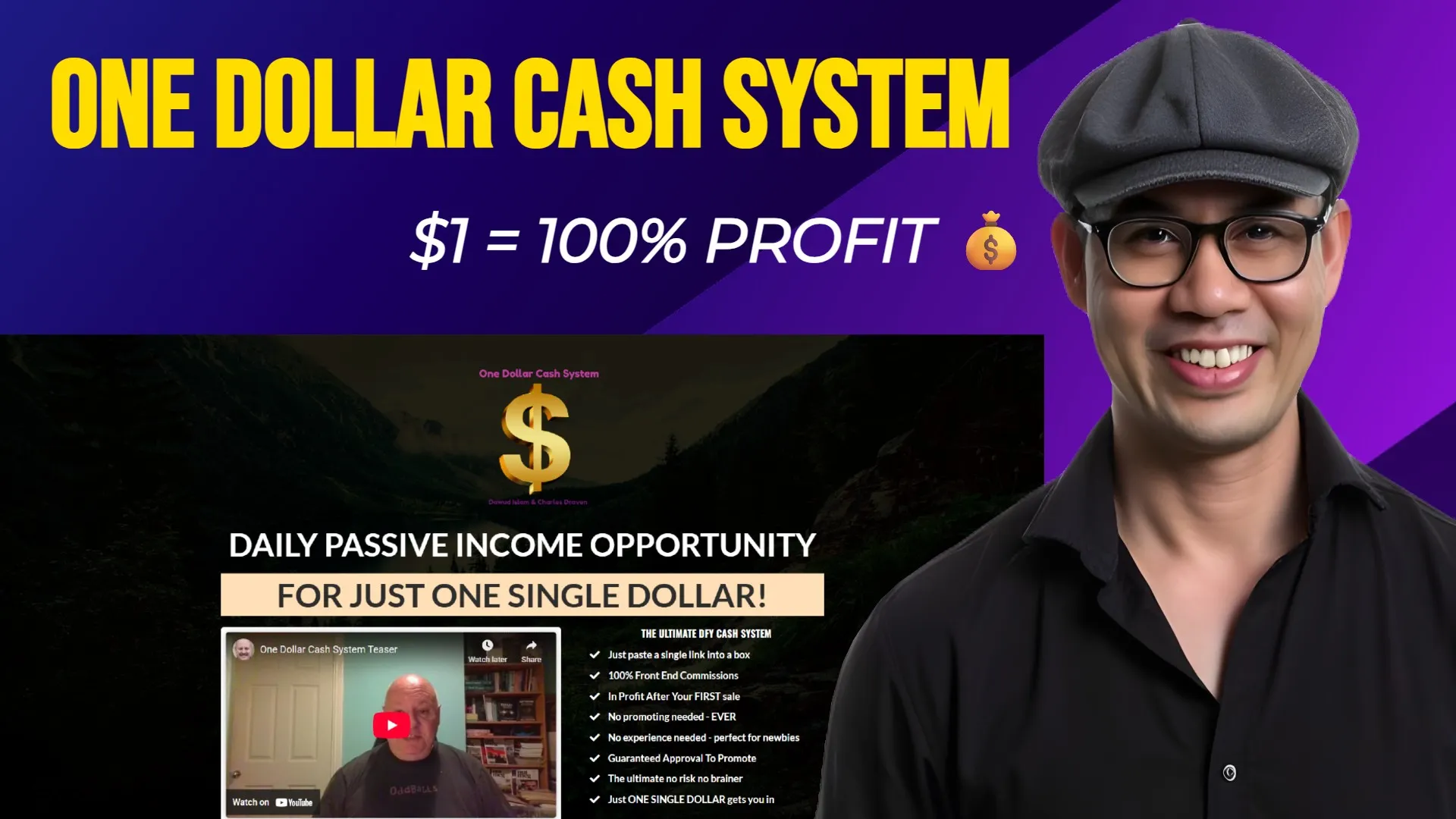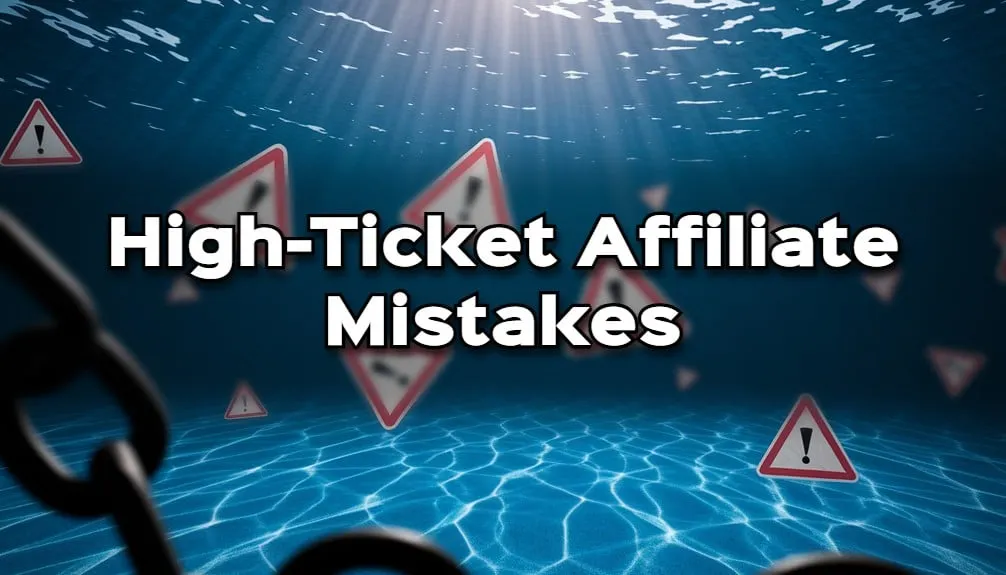10 Little-Known Tricks to Skyrocket Your Email Open Rates
Have you ever agonized over writing the perfect email campaign, only to have it fizzle due to low open rates?
It's frustrating, right?

You spend hours crafting thoughtful messages and designing beautiful email templates, but none of that matters if your emails never get opened in the first place.
The truth is that getting subscribers to open your emails is an art form. It requires in-depth knowledge of email marketing best practices and a willingness to continuously test and optimize.
The good news?
Even a few small tweaks can lead to big improvements in your open rates.
In this article, you'll discover 10 powerful but little-known tips to skyrocket the open rates of your email campaigns. Many of these tricks fly under the radar but can give your open rates the boost you need to hit your next big milestone.
Let's dive in!
Why Your Open Rate Matters
Before we get into the nitty gritty tactics, it's important to understand why you should care about your open rate in the first place.
At its core, your open rate shows the percentage of total recipients who opened your email. Seems straightforward enough, but this deceptively simple metric has huge implications for your email marketing success.
Here's why open rates deserve your attention:
- Opens drive further action: People can't click, convert, or take any desired action if they don't open your email first. A high open rate creates opportunities for further engagement.
- Opens show engagement: Your open rate acts as a benchmark for how compelling your subject lines and content are to your audience. Low opens represent low interest and engagement.
- Opens impact deliverability: If too many subscribers aren't opening your emails, it can negatively impact your sender reputation and deliverability over time.
To put the importance of opens into perspective, the average email open rate across all industries is around 20-25%. For reference, an open rate above 30% is considered fantastic, while anything below 15% signals trouble.
Knowing these email marketing benchmarks makes it clear why boosting your open rate should be priority #1. Even a small increase can make a big difference.
Okay, now that we're aligned on why open rates matter, let's explore actionable techniques to improve yours.
Key Factors That Impact Open Rates
Before diving into specific open rate optimization tips, it's helpful to understand the key elements that influence opens in the first place.
Many different factors affect whether a recipient will open your email or not. Here are the top elements to pay attention to:
Subject Line
Your subject line is the first impression your email makes. A compelling subject boosts opens, while a weak one kills them. Keep subject lines short, personalized, and emotionally driven.
Preheader Text
Preheaders provide a second chance to capture interest on mobile when the subject line is hidden. Use them to complement your subject line and add more context.
Sender Name
The name your email is from can influence open rates. Test using your company name, individual names, or even a publication name.
Day & Time Sent
Your subscribers have peak days/times for email engagement. Analyze their patterns and send campaigns when they are most active.
List Segmentation
Separating your master email list into targeted segments improves relevancy. Segment for geography, interests, purchase history, etc.
Optimizing each of these critical elements is essential for driving opens. Now let's look at concrete techniques for each one.
1: Craft Compelling Subject Lines
Your subject line is the key that unlocks the rest of your email content.
That's why nailing your subject line is so critical to improving open rates.
But what makes for an effective subject line exactly? Here are research-backed best practices:
- 50 characters max: Shorter subject lines consistently outperform long ones. Shoot for under 50 characters.
- Lead with emotional triggers: Words like "Secret," "Alert," "Warning" or "Exclusive" pique curiosity.
- Ask questions: Turn the subject into a thought-provoking question to entice opens.
- Use brackets: Brackets around a number can boost open rates, for example [7 Tips] or [Study].
- Avoid overused phrases: Stay away from spammy phrases like "Act Now" or "Limited Time Only."
- Test different options: A/B test 3-5 different subject line options to see which resonates most.
It also helps to pay attention to common subject line mistakes that can kill your open rates:
- Using all capital letters
- Making exaggerated benefit claims
- Including spam trigger words like "Free" or "Sale"
- Overusing urgency or scarcity tactics
Take the time to brainstorm and test different subject line options. When you land on a winner, it will pay dividends in the form of higher open rates.
2: Write Effective Preheader Text
What is preheader text, and why should you care about optimizing it?
Preheader text is the short summary text that appears under the subject line in email clients. It provides a second opportunity to grab the reader's attention.
Here is an example to illustrate:
Subject Line: Black Friday Deals Are Here!
Preheader Text: Get early access to our biggest discounts of the year for a limited time
While preheader text is hidden on desktop, it's front and center on mobile when the subject line is not visible.
That's what makes preheaders so important - they give you a second chance on mobile to pique curiosity and increase opens.
Follow these tips to create preheader text that converts:
- Write 1-2 concise sentences summarizing the key details
- Align with the tone and messaging of your subject line
- Add context about special offers, limited time deals, etc.
- Boost clarity with details like dates, product names, dollar amounts
- Call out urgency like last chance or expiring soon
A strategic preheader text plays a crucial supporting role to your subject line. Put in the effort to maximize it.
3: Understand the Impact of Your Sender Name
Here’s an open rate optimization tip that is often overlooked:
Your sender name has a significant influence on email opens.
Research shows that subscribers engage differently depending on the name used to send the email.
You have a few options when it comes to your sender name:
- Your first/last name
- Your company name
- Initials (e.g. TJ or AJ)
- A department or publication name
Each approach has pros and cons in terms of open rates:
- First/last names feel personal and boost opens but lack branding
- Company names are official but may blend into an inbox
- Initials feel exclusive though lack context
- Publication names add credibility for content offers
The best practice is to test different sender name combinations in your campaigns. See which ones resonate most with your audience.
This small optimization can lead to surprising lift in your open rate over time.
4: Pay Attention to Send Times
Here’s an eye-opening stat:
The exact same email can perform radically different depending on what day and time you send it.
Why?
Because every subscriber base has unique habits and preferences when it comes to engaging with email.
The days and times you send campaigns can have a big influence on opens.
Here are some best practices to dial in your send times:
- Analyze past performance data to detect trends and patterns in opens by day/time
- Test the differences between mornings, afternoons, evenings, and weekends
- Account for global time zones if sending internationally
- Use email automation to schedule campaigns for optimal send times
It may take some trial and error, but identifying your list’s peak engagement windows can dramatically improve your open rates.
Those marginal gains add up over each campaign.
5: Leverage List Segmentation
Here’s an open rate truth:
The more targeted your email list, the higher your open rates will be.
That’s where list segmentation comes in.
List segmentation simply means dividing up your master email list into smaller subgroups based on shared attributes.
Segmenting your list makes your messages more relevant to each subscriber.
Here are some common ways to segment your email list:
- Geographic location - Region, city, state, country
- Purchasing habits - Product category, purchase recency, order history
- Interests - Topics, hobbies, preferences they’ve shown interest in
- Demographics - Age, gender, income level
Segmented emails drive up to 14% higher open rates on average compared to non-targeted emails.
The takeaway? Identify ways to divide your master list into targeted segments. Then customize your emails accordingly.
Doing so keeps your content laser focused on what each subscriber cares about most.
6: Streamline Your Email Design
Here’s an open rate optimization strategy that is easy to overlook:
The design and layout of your emails impact engagement too.
It's not just your words and offers that matter. The overall email presentation influences open rates as well.
Follow these design principles to create emails that get opened:
- Use clean layouts with ample white space and clear hierarchies
- Ensure maximum inbox preview visibility of your core content and value prop
- Adopt a mobile-first design since most emails are opened on phones
- Limit images which can hurt deliverability or appear as blank boxes
- Stick to a consistent brand style with colors, logo placement, etc
Having an email template system also speeds up design and boosts brand consistency.
Take the time upfront to craft well-designed emails, and it will pay off with higher open rates.
7: Personalize Your Emails
Want a straightforward way to pique subscriber interest?
Add more personalization to your emails.
Research reveals personalized emails deliver significantly higher open rates.
But what exactly does email personalization mean?
Here are some easy ways to inject personalization:
- Use first names in subject lines and content
- Reference past purchases or behaviors
- Add personalized product recommendations based on purchase history
- Tailor content/offers to subscriber segments
- Leverage dynamic content like first name, location, interests etc
The right technology makes personalization scalable across thousands of subscribers.
Take advantage of this low hanging fruit to engage readers on a one-to-one level.
8: Optimize Your Emails for Mobile
Mobile optimization is mission critical for email marketers.
Why?
Because the majority of all emails today are opened on mobile devices like smartphones.
Optimizing your email design for mobile screens makes a big difference.
Here are tips to improve mobile open rates:
- Prioritize a single column layout to avoid heavy scrolling
- Increase font sizes for better readability on small screens
- Simplify design elements like buttons and images
- Check templates on actual devices and preview mobile inboxes
- Leverage mobile-only features like tap-to-open and swipe gestures
Test your emails on real devices to catch issues before launch.
Don’t let mobile design be an afterthought. Embrace mobile-first when crafting emails.
The payoff will be evident in your mobile open metrics.
9: Encourage Engagement with Interactive Content
Plain text emails don’t cut it anymore.
Modern email subscribers expect interaction.
Including interactive content within your emails boosts engagement across devices.
Types of interactive email content include:
- Quizzes/assessments to capture data and interest
- Calculators to help with financial decisions
- Live polling/surveys to collect feedback
- Interactive images with hotspots, slideshows or video
- Augmented reality to bring experiences to life
Each interaction gets subscribers more actively involved with your brand.
Just make sure to test thoroughly across email clients to ensure consistent behavior.
The extra effort is worth it.
10: Continuously Test and Optimize
Here’s an essential truth about email marketing:
The work is never done.
To continually improve open rates, you need to test and optimize across every single campaign.
This means tracking key metrics like:
- Open rate
- Clickthrough rate
- Conversion rate
- Unsubscribe rate
Then using those insights to:
- A/B test subject lines
- Tweak copy and content
- Adjust segmentation
- Update design and layout
Leverage tools to analyze performance and run A/B tests seamlessly.
By instilling a culture of ongoing optimization, you’ll be able to move the needle on open rates month after month.
Review your numbers, make a change, and repeat.
Now Go Drive Up Your Open Rates
Winning at email marketing requires creativity, persistence, and a keen eye for optimization.
Apply the tips in this guide, and you'll be on your way toward higher open rates and greater email success.
The journey never ends though. Keep testing and improving to maximize your subscriber engagement over the long-term.
You’ve got this!
Now go take your email marketing to the next level.








